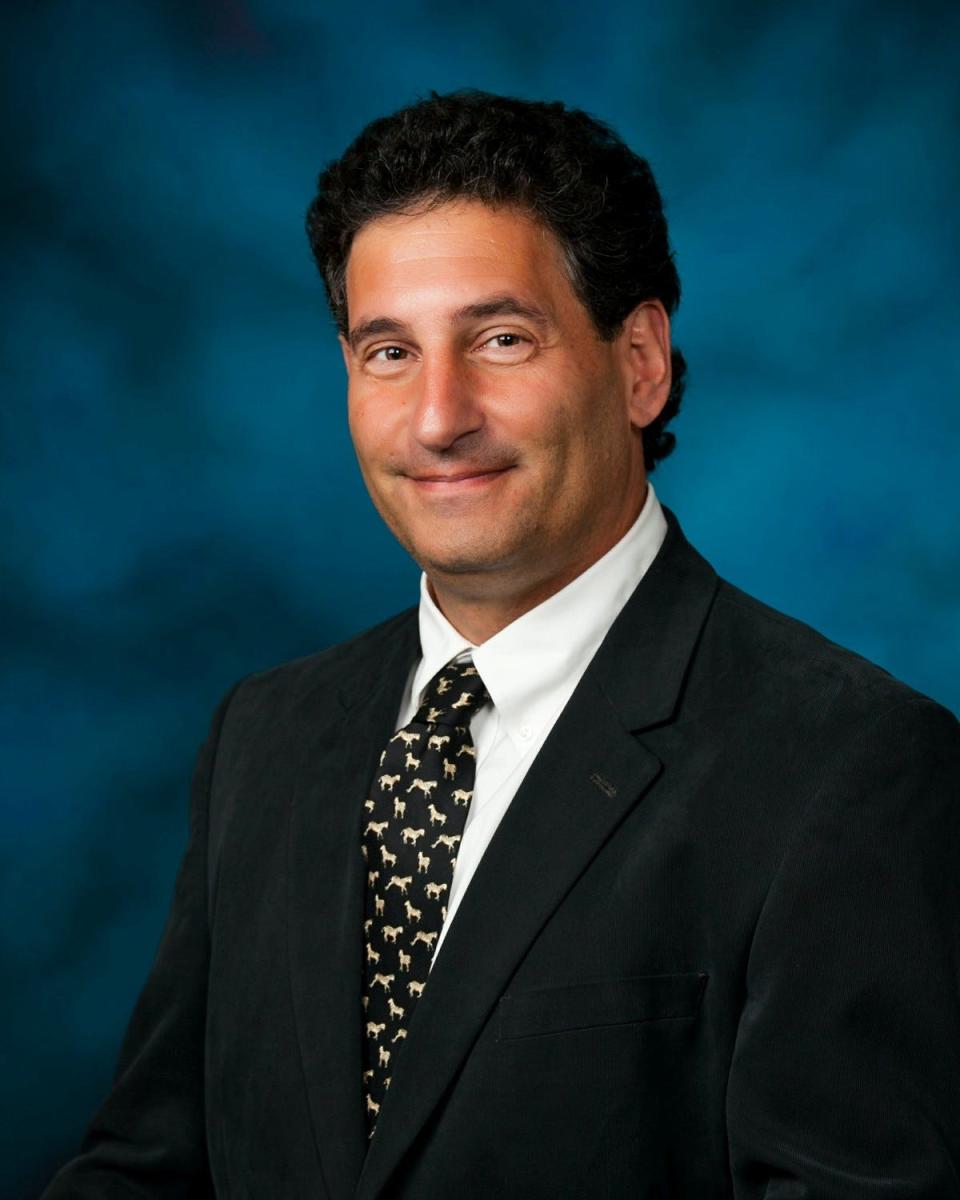What's up, Doc? 'Coffee spots' on son's back may mean neurofibromatosis
Q: A doctor said the rashes on my son's back were “coffee spots” and that meant he might have neurofibromatosis. I read there is a new treatment for this condition; is it a cure?
A: Café-au-lait spots are brown skin lesions (the color of coffee with milk, hence the name) that may occur on children with neurofibromatosis, a disorder that can cause tumors of the nervous system called neurofibromas (most often benign, but sometimes malignant).
There are three types of neurofibromatosis, but I will concentrate on type one (NF1), since this is by far the most common; it affects about 1 in 2,500 children, whereas the other types (NF2 and Schwannomatosis) affect less than 1 in 25,000 children.

NF1 is due to a defect in one of the genes on chromosome 17. This gene codes for the protein neurofibromin, which helps regulate the growth of nerve cells. When it's abnormal, nerve cells may grow in an uncontrolled fashion, hence causing the growth of tumors. The abnormal gene that causes NF1 is inherited in about half the cases and occurs spontaneously in about half.
Patients with NF1 are usually identified in childhood when one or more of the following manifest:
More than six café-au-lait spots. Having a few of these is common (a quarter of all people have between one and three), but having more than six is suggestive of NF1.
“Freckling” of the skin of the armpits or groin area. The name "freckling" is a bit misleading because this is not the classic freckles so many people have.
Two or more neurofibromas. These are benign tumors and feel like small “lumps” under the skin.
Two or more Lisch nodules. These are tiny bumps of the colored part of the eye (the iris).
Certain bony deformities.
A family history of NF1.
Tumor of the optic nerve (called an optic glioma).
Having any one of these findings triggers a suspicion of NF1; having two or more is enough to make a diagnosis.
The neurofibromas in NF1 patients manifest in different ways in different patients:
The most common neurofibromas are lesions of the skin (cutaneous neurofibromas), which are benign tumors along a nerve on or just under the skin. These lesions look like small lumps, bumps or nodules with well defined borders, and may develop at any time of life, especially during puberty or, in women, during pregnancy (due to hormone changes in the patient). These benign tumors do not usually cause problems except cosmetic concerns.
Plexiform neurofibromas are a type of benign tumor that have less well defined borders than cutaneous neurofibromas. They occur along nerves just under the skin or as deeper nodules (pretty much anywhere in the body outside the brain and spinal cord). They occur in about 30% to 50% of NF1 patients.
Some patients with NF1 may have complications such as short stature, learning disabilities, seizures, cognitive dysfunction, increased incidence of autism, vision problems (for example, as a complication of an optic glioma), high blood pressure, large head size (when corrected for age, weight and height) and/or certain cancers (less than 10% of NF1 patients develop a malignant tumor from their condition). Overall life expectancy in patients with NF1 is about 60 years, compared to about 74 for the general population.
Once NF1 is diagnosed, certain evaluations and tests may be done to look for other manifestations of the disease. This will include a thorough physical examination with special focus on blood pressure, skin, ears, growth (including checking for early puberty), learning and memory development (including evaluation of how the child is doing in school), and eyes (often by a specialist). Imaging may be indicated, such as an MRI to look at the brain/optic nerves, X-rays of any bones suspected of having an abnormality, and in some cases a positron emission tomography (PET) scan. Subsequent evaluations are done regularly (at least yearly) because different aspects of NF1 may manifest at different times for individuals.
Treatment must be individualized for each patient and is determined by what, if any, symptoms and/or complications develop. It may include surgery (usually for cosmetic reasons for cutaneous neurofibromas; but in patients with plexiform neurofibromas, surgery may be needed due to complications if tumors become large and/or press on a body organ), medication and/or supportive care. For this reason, it's important that NF1 patients be followed by a team of health care providers that have experience and expertise with the condition.
The FDA recently approved a new medication (selumetinib) for patients with inoperable plexiform neurofibromas; in one clinical trial, about 70% of patients had their tumor shrink by 20% to 60%. This treatment is only indicated in selected patients with specific clinical concerns; unfortunately, it's not a cure.
Because NF1 may be an inherited condition, counseling of the family (and the child when they grow to adulthood) is an important aspect of care. Close evaluation of siblings is also indicated.
Jeff Hersh, Ph.D., M.D., can be reached at DrHersh@juno.com.
This article originally appeared on MetroWest Daily News: Neurofibromatosis is disorder that causes tumors in nervous system

